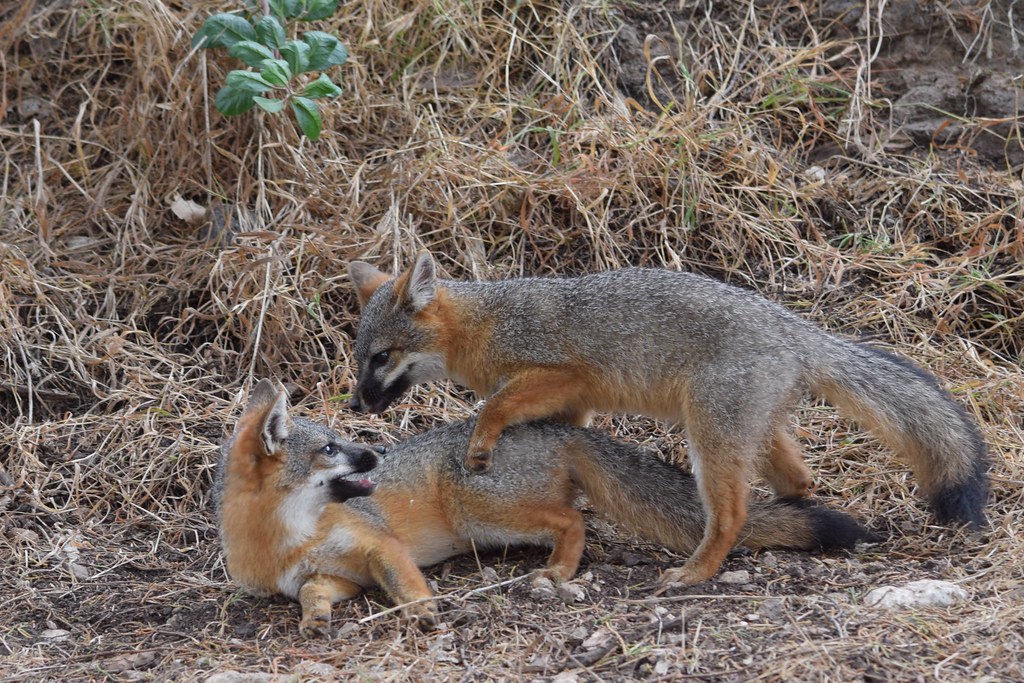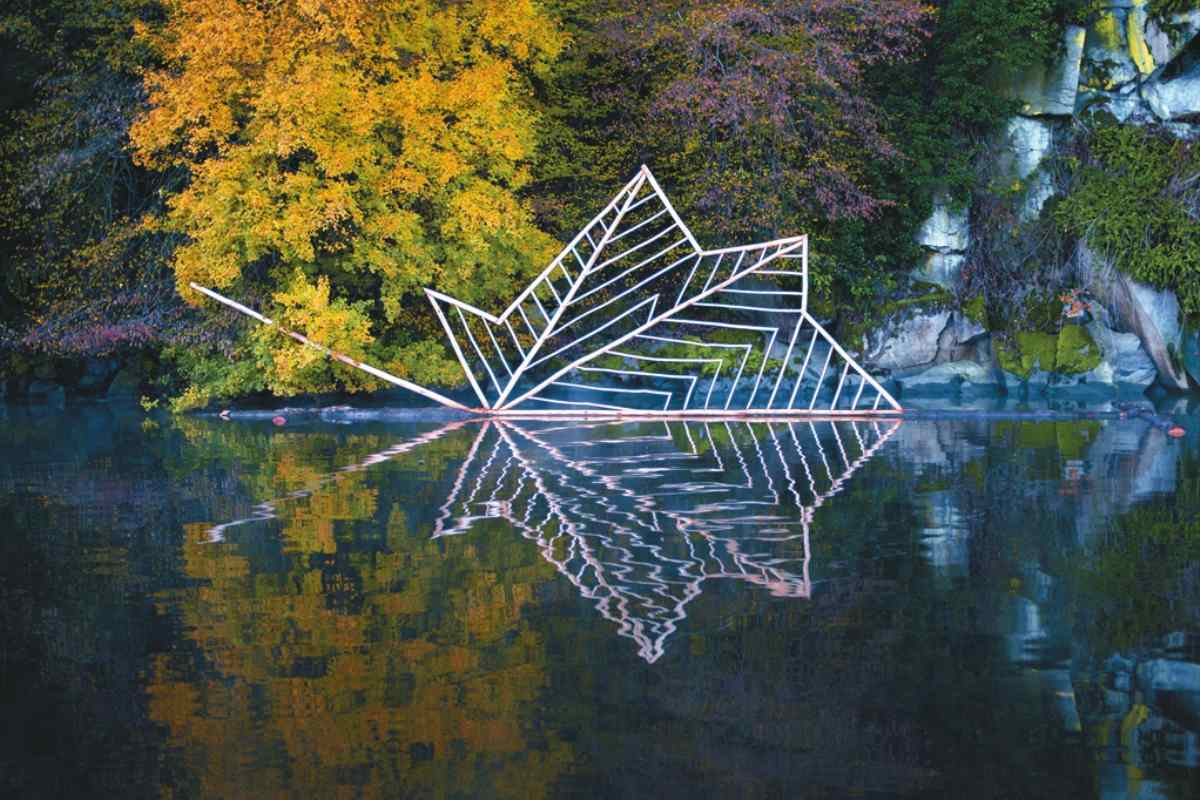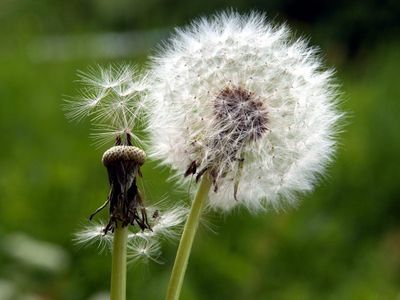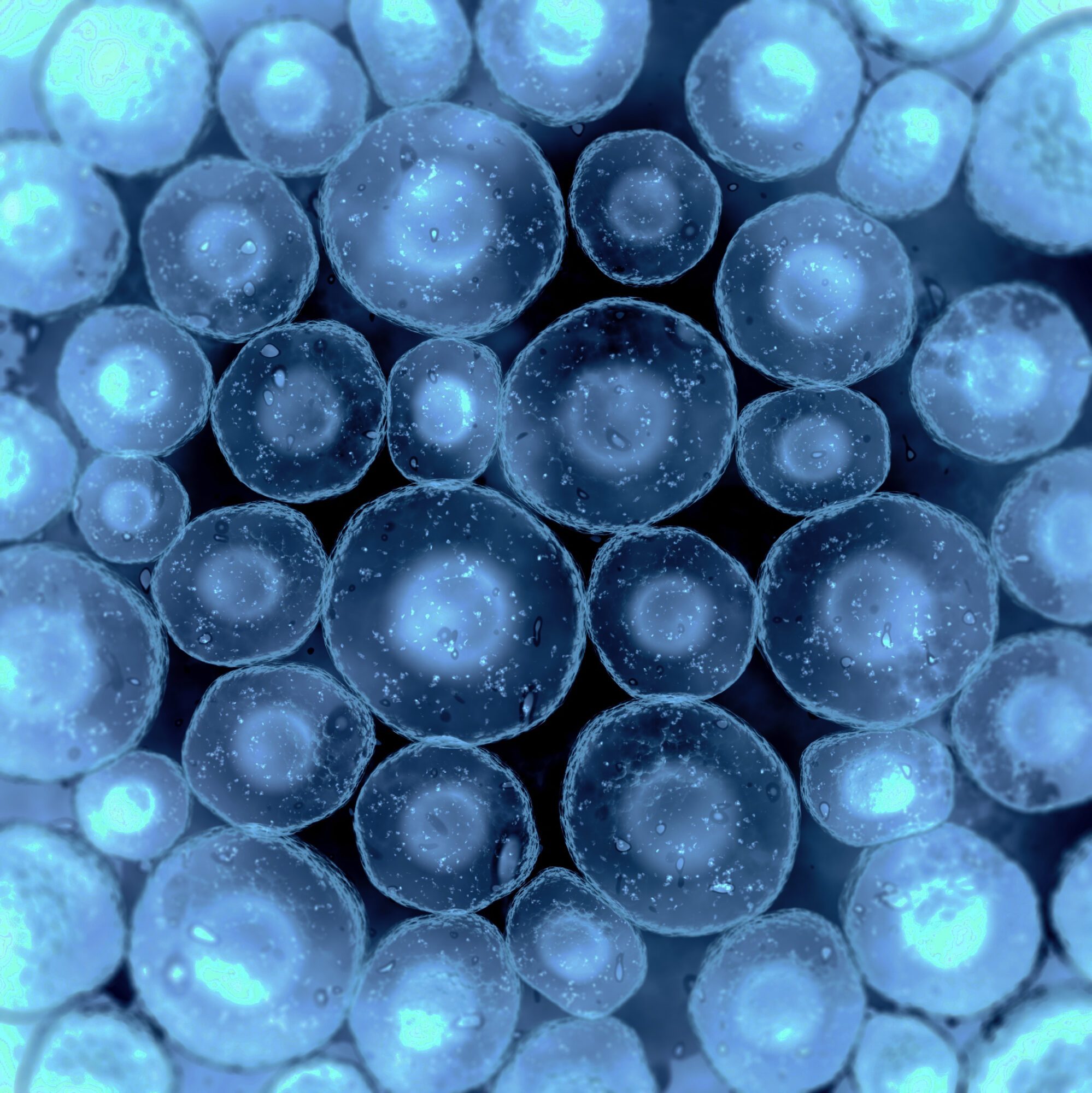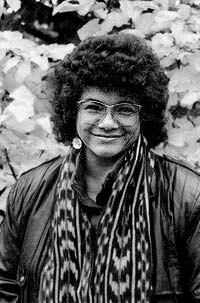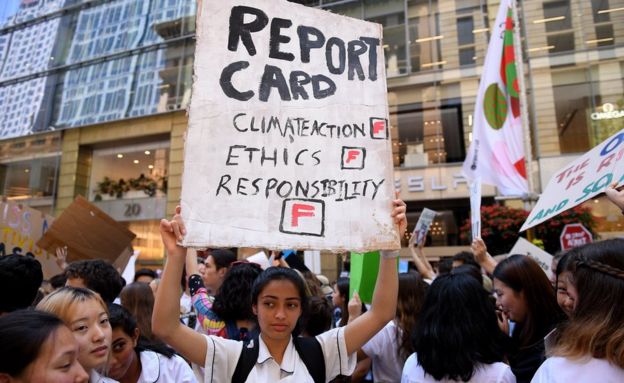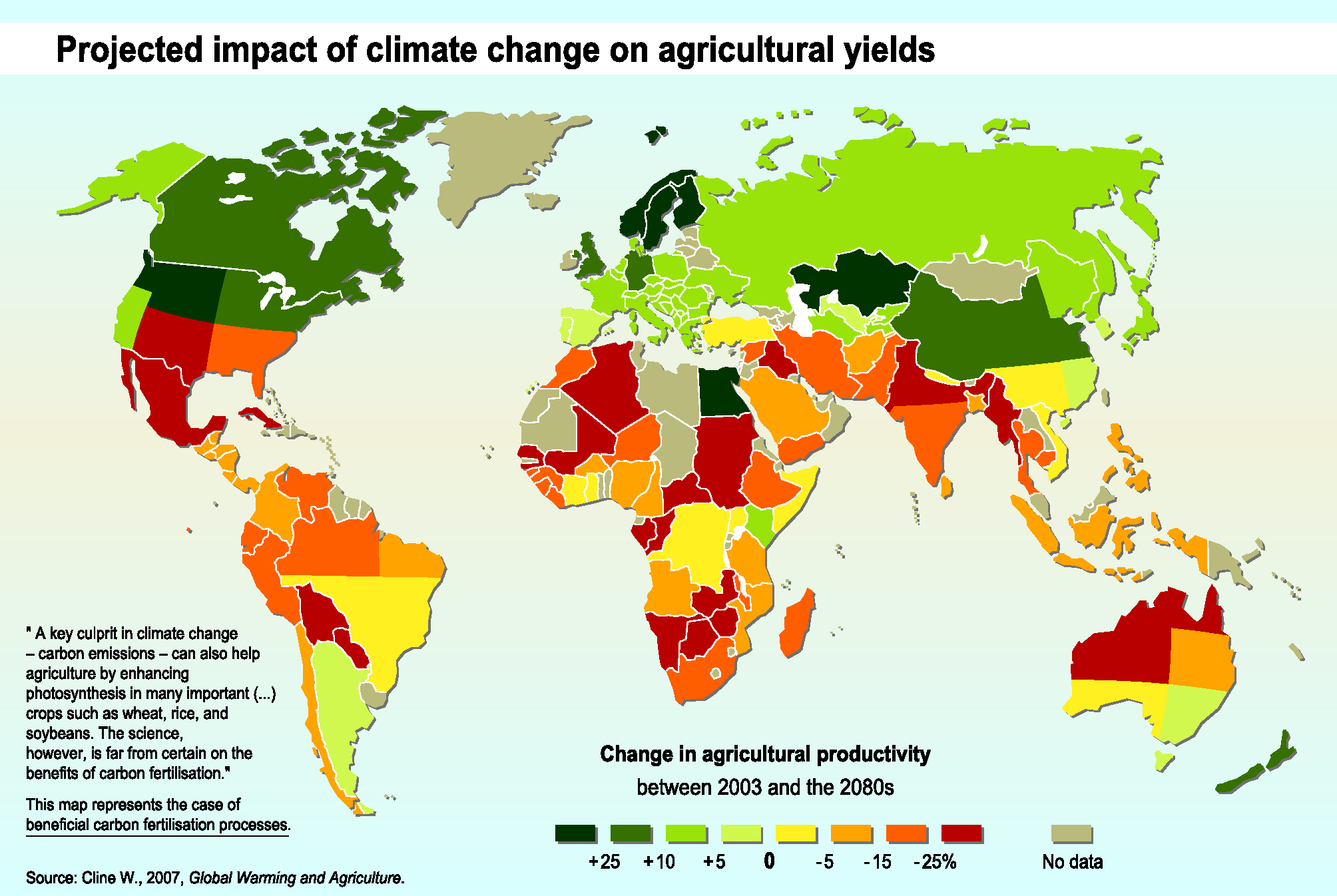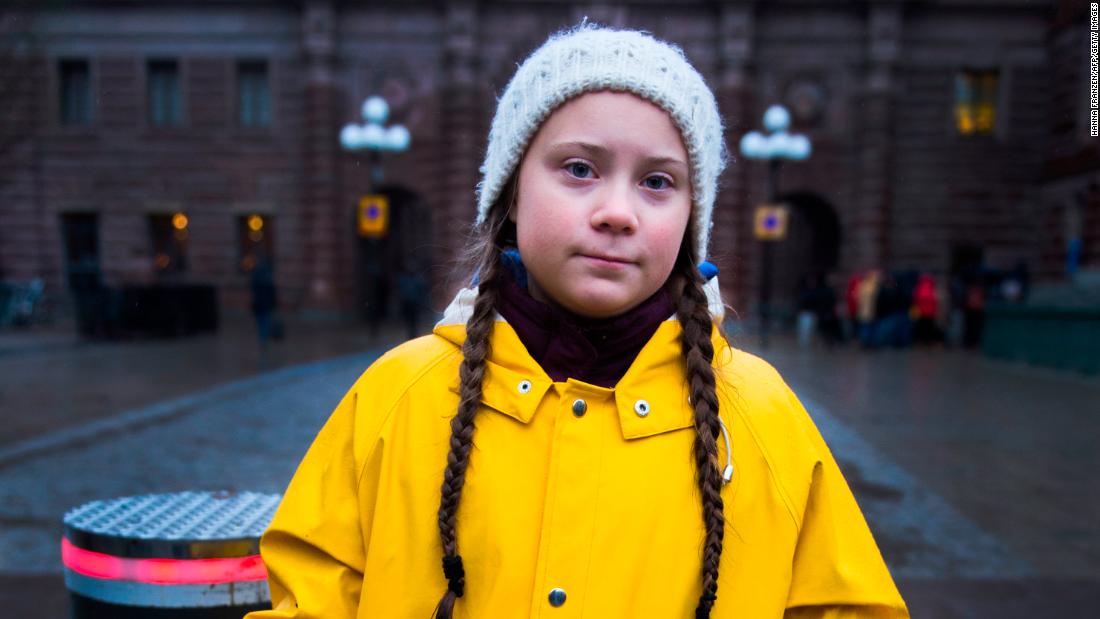 Environmental & Science Education
STEM
Climate Change
Children
Society
Edward Hessler
One of the attendees at the United Nations COP24 conference in Poland last week was a 15-year-old Swedish environmental activist, Greta Thunberg.
Environmental & Science Education
STEM
Climate Change
Children
Society
Edward Hessler
One of the attendees at the United Nations COP24 conference in Poland last week was a 15-year-old Swedish environmental activist, Greta Thunberg.
She made an eloquent, passionate, powerful and informed statement. In it she refers making headlines just for skipping school about which she wrote in a column for the Guardian, "As a student, one way I can push for urgent change is to go on strike from school. I’ll be sitting outside the Swedish parliament every Friday from now until my country is in line with the Paris agreement."
Lawrence Davidson of CNN reported on Greta Thunberg and included her statement which is found below. If you prefer, here she is delivering it.
My name is Greta Thunberg. I am 15 years old. I am from Sweden.
I speak on behalf of Climate Justice Now.
Many people say that Sweden is just a small country and it doesn't matter what we do.
But I've learned you are never too small to make a difference.
And if a few children can get headlines all over the world just by not going to school, then imagine what we could all do together if we really wanted to. But to do that, we have to speak clearly, no matter how uncomfortable that may be.
You only speak of green eternal economic growth because you are too scared of being unpopular. You only talk about moving forward with the same bad ideas that got us into this mess, even when the only sensible thing to do is pull the emergency brake.
You are not mature enough to tell it like is. Even that burden you leave to us children. But I don't care about being popular. I care about climate justice and the living planet.
Our civilization is being sacrificed for the opportunity of a very small number of people to continue making enormous amounts of money.
Our biosphere is being sacrificed so that rich people in countries like mine can live in luxury. It is the sufferings of the many which pay for the luxuries of the few.
The year 2078, I will celebrate my 75th birthday. If I have children maybe they will spend that day with me. Maybe they will ask me about you. Maybe they will ask why you didn't do anything while there still was time to act.
You say you love your children above all else, and yet you are stealing their future in front of their very eyes.
Until you start focusing on what needs to be done rather than what is politically possible, there is no hope. We cannot solve a crisis without treating it as a crisis.
We need to keep the fossil fuels in the ground, and we need to focus on equity. And if solutions within the system are so impossible to find, maybe we should change the system itself.
We have not come here to beg world leaders to care. You have ignored us in the past and you will ignore us again.
We have run out of excuses and we are running out of time.
We have come here to let you know that change is coming, whether you like it or not. The real power belongs to the people.
Thank you.


 CGEE Student Voice
CGEE Student Voice
